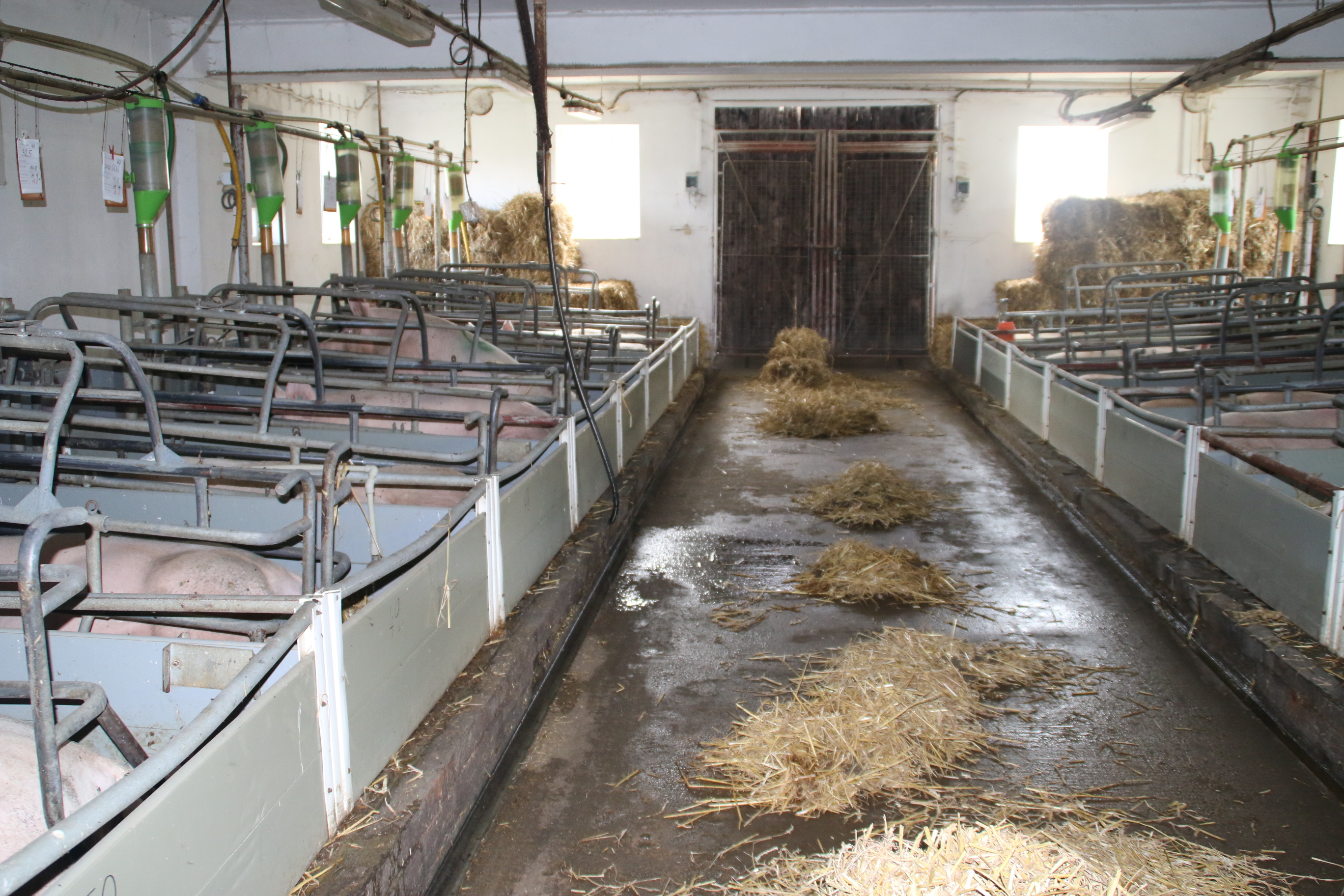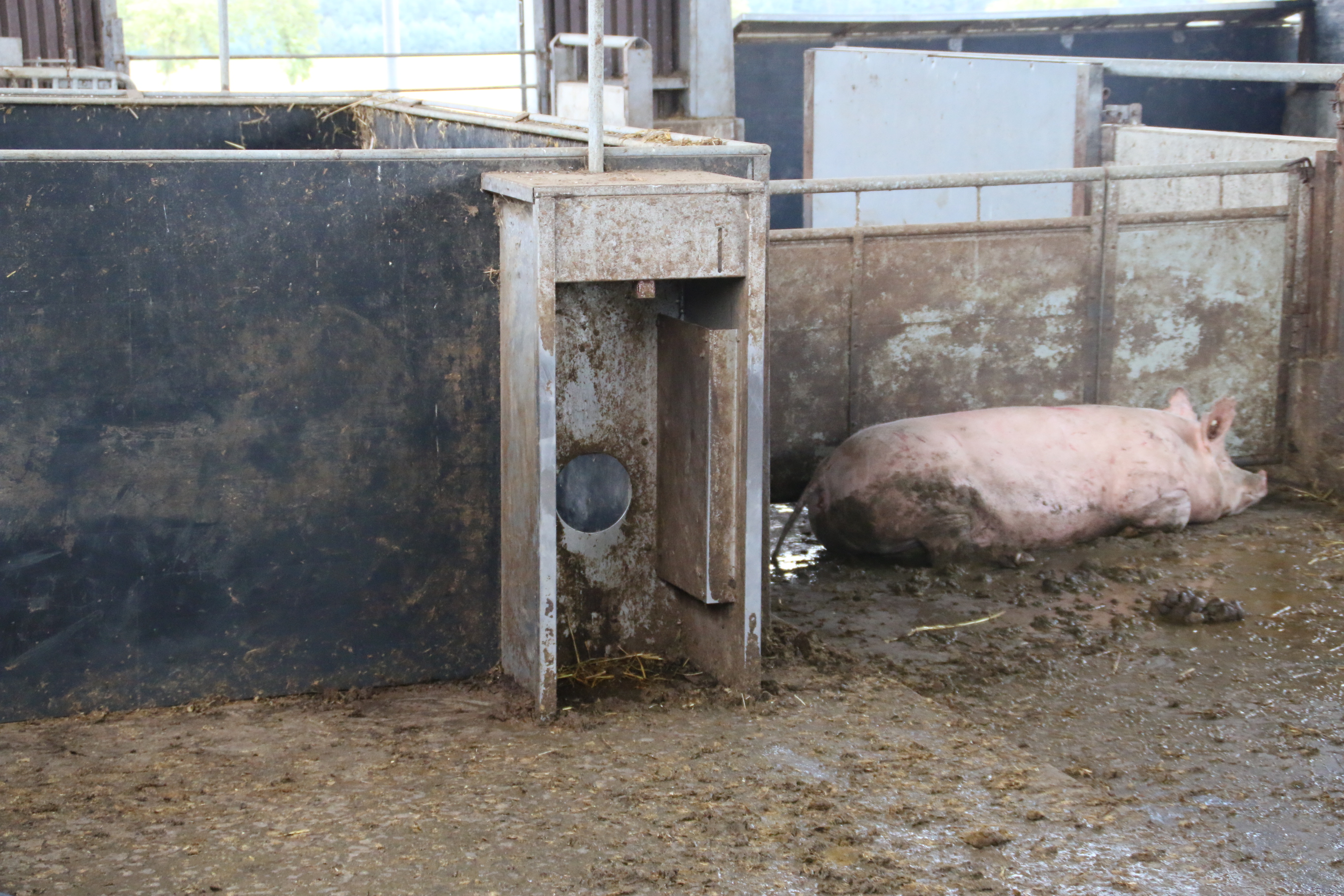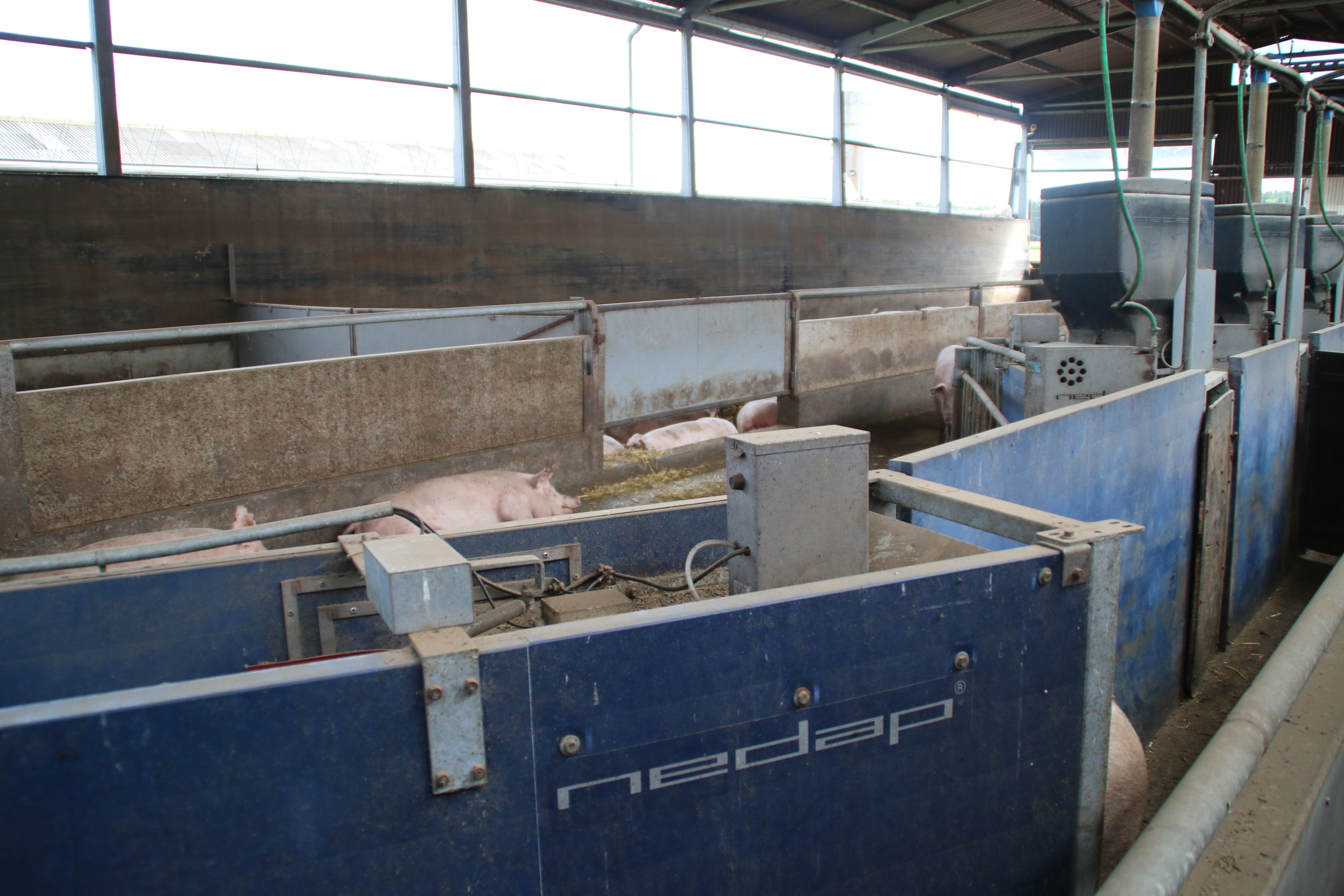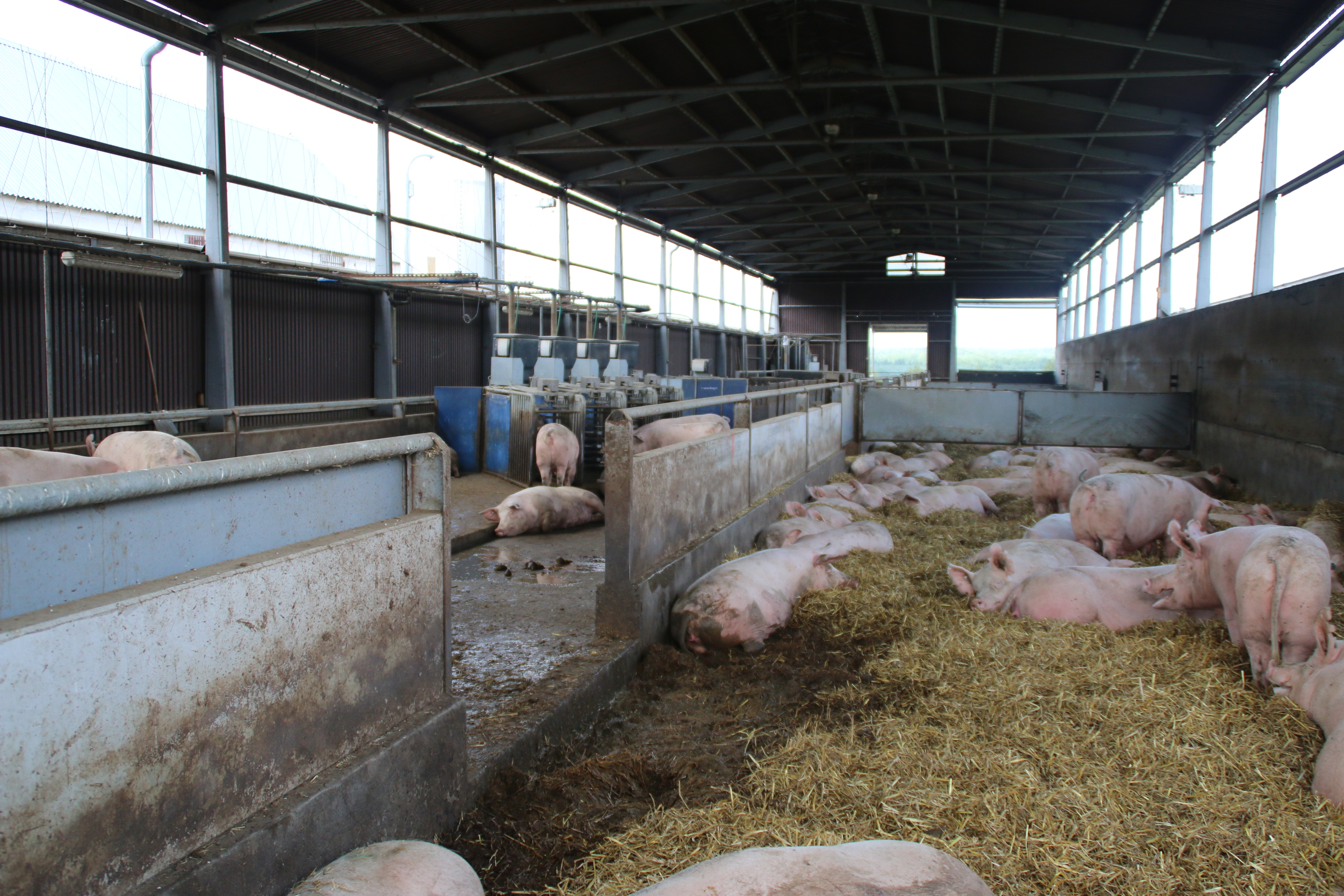Czechoslovakia is now of course two countries, the Czech Republic and Slovakia, but it’s not made any difference to their world renowned pilsner beer, or “pivo”.
The author’s first visit was way back in July 1966, when he was a student at Leeds University and was part of an exchange with seven agricultural students from Prague University. Getting the Czechs to Yorkshire for a three week visit was no mean feat back then as the “Iron Curtain” was not easily pried open, but we cracked it. Next year God willing we will all be back in Prague to celebrate our 50th year anniversary reunion. It’s the only place I’ve ever had beer for breakfast – guess there are worse ways to start the day though!
In 1966 we spent a week working on a huge State farm. In those days the pigs were kept in gloomy badly lit barns built of roughhewn timber and looked after by women. In fact all the livestock species were looked after by women as it was considered too mundane a job for the men, who were only seen, sat on tractors and combines or driving large teams of horses bringing in the harvest.
Today the former State farms are run as co-ops with a board of directors and generally have good quality dairy herds combined with a range of arable crops and forages. My good friend and former exchange student Frank Zeleny had arranged a number of farms to be visited, including a pig unit, although dairying is more popular than pig production. The national output stands at around 22 pigs sold / sow / year. Nationally the Czechs eat pork in a variety of forms and enjoy consuming over 20 types of salami and 40 varieties of sausage.
A national pastime which the author enjoyed taking part in was to sit outside in the garden, around an open wood fire, as dusk fell, roasting special sausages, which tasted delicious. The pilsner helped, of course.
The first unit to be visited was part of a big co-op and had 150 breeding females. The sows were French, crossed with Danish Landrace. Numbers born alive / litter stood at 12 and finished pigs were sold out at 115kg live weight. The older buildings had outdoor runs and were used to house gilts bred for sale, whilst the newer barns were reminiscent of Danish barns from the 1970s, with large windows and roof extraction fans.
The Novotny brothers operate a 270 sow unit with sows farrowing on a weekly basis. Females are typically Yorkshire / Landrace F1s, inseminated with bought in Duroc semen three times over the heat period, producing a 50 per cent Duroc slaughter pig. Weaners grow out on another unit and pigs are finally finished on a third site.
The farm also supplies breeding stock to Reprogen, which is a local breeding company. Like the rest of the EU, Czech producers knew that after 2013 keeping sows in stalls totally through gestation would be illegal and that after 28 days post service sows had to be loose housed. With 2013 looming Libor and Rostislav had to decide which group housing system they should adopt and decided to go for ESFs. After looking at various products on the market it was decided to go with Nedap, as the company is well respected in the industry. Consequently a Nedap ESF Velox system was installed six years ago and which incidentally starts operating at 4pm daily. As well as the feed stations Nedap also supplied one of its auto heat detection units. A special HRV (Heat Reference Value) is generated every day by each sow. When a sow comes on heat she is automatically sprayed blue and also automatically shed into a catch pen. The dry sows and gilts are all housed in a high airy shed. This is important as being in central Europe summer temperatures can get up to 35C. Blinds are fitted to all four sides of the sow house and these are raised and lowered depending on weather conditions. All the breeding stock in the shed are bedded on barley straw and the manure is removed periodically with a tractor mounted scraper.
In the autumn the sow yards are cleaned out completely and then over the course of the winter the straw is allowed to build up to a depth of 60cm (two feet). Manure tends to get mixed in with the straw which heats up the bedding and helps keep the sows warm. The farm sits at an altitude of 450m and as winter temperatures can drop to -25C, heating elements are fitted to the drinkers to stop water freezing.
The farrowing houses were built in 1997 and have conventional crates. The pens all have solid floors and are bedded with barley straw, which is far less abrasive than wheat straw and so ideal for the baby pigs. The pens are in two rows with a muck passage in the middle and like in many farms the sows are outgrowing the farrowing pens. “They need to be longer,” commented Libor. “Plus we need more farrowing pens as well,” he said.
Manure is scraped out of the pens by hand, with a mini tractor removing the manure down along the dung passage. Sows face the walls and are fed twice a day via Funki feeders. Welfare controls are quite strict in the Czech Republic, with producers having to call in their local vet to carry out vaccinations and also to do all the castrations. The pig unit is part of a 2,500ha. co-op and straw is plentiful as malting barley is grown to meet the substantial needs of the local brewers. Having said that solid manure systems are more labour intensive and slatted floors have many more advantages. Some feed is bought in plus the owners use the services of a local Schaumann mobile mill and mix wagon. The on farm milling option is preferred as the feed is cheaper than the bought in equivalent. •
— Norman Crabtree









